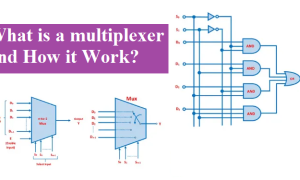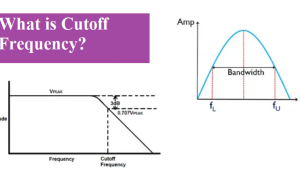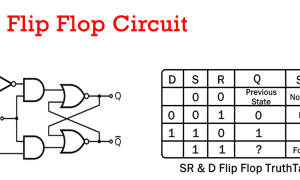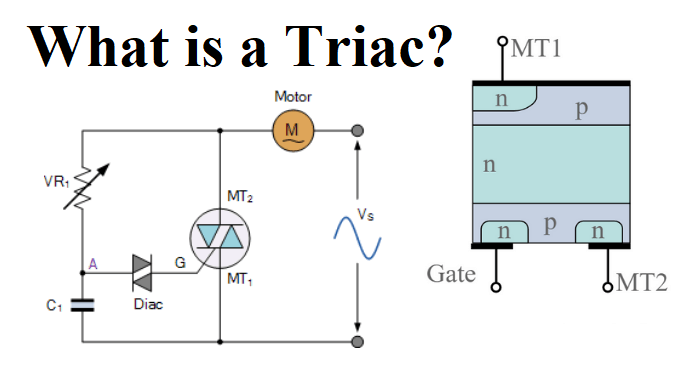Modulation is a technique which involves two signals one is base band signal and other is the carrier signal. The base band signal is low frequency signal which are the original signal and the carrier signal is the very high frequency signal. These signals are sinusoidal signals. The amplitude/frequency/phase of the carrier signal is transferred accordance with the base band signal. Therefore, modulation can be defined as,
The superimposing a low frequency signal (baseband) into a very high frequency signal (carrier), these process are known as modulation.
Or,
That process at which the parameter of radio frequency carrier wave is change in accordance with the parameter of original massage (base band) signal is called modulation. . The widely altered characteristics include amplitude, frequency, phase, pulse duration and pulse sequence. The modulated signal is able to transmit for a long distance.
Signals in modulation process
Modulating signal or message signal
That signal which contains a massage for transmission is called as a message signal, it is also known as baseband signal. These massage signal go to the process of modulation for transmission hence it is called modulating signal.
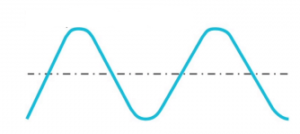
Carrier signal
The signal are carrier signal which has high frequency and certain amplitude, phase and frequency but it has no information is known carrier signal. It is an empty signal and use for carry information to the receiver after modulation.

Modulated Signal
When the modulation process is done the signal is called modulation signal. It is the combination of massage signal and carrier signal.

The carrier wave is able to travel farther than the base band signal. And reduce the height of communication tower. We will discuss the advantages of modulation.
Type of modulation
- Amplitude Modulation
- Frequency Modulation
- Phase Modulation
- Pulse Code Modulation
Amplitude Modulation
In amplitude modulation (AM), the carrier wave amplitude is change in accordance with the massage signal is called amplitude modulation. This modulation is being able to transmit over the channel. It is the first method of broadcast radio program. Commercial the frequency in amplitude modulation is 10 kHz apart between 535 and 1,605 kHz. Radio signal in this frequency range is able to reflected back from atmosphere (ionosphere) to the earth’s surface and this signal can be easily detected by the receivers hundred of mile away. Amplitude modulation is employed in long-distance shortwave radio broadcasts and in the video portion of television programs.

Frequency Modulation
In frequency modulation, the amplitude and phase are constant but the frequency of the carrier signal is change in accordance with the massage signal (audio, video) is called frequency modulation. This modulating signal sent through the channel and received by the receiving antenna. This type of modulation technique was introduced by the engineer Edwin H. Armstrong. FM has less interference than AM, such as caused by thunderstorms and random electrical currents which is produce by other source. FM is batter over the AM to transmission of stereophonic sound, audio for television programs, and long distance communication. Commercially the FM signal is assigned for higher frequency then AM in broadcast station. This frequency range for FM is 88 to 108 MHz.
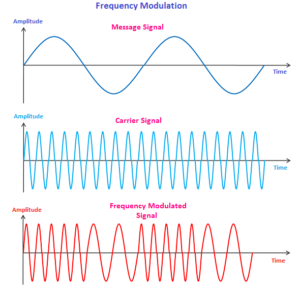
Phase Modulation
This is the type of modulation in which the phase of the carrier signal changed in accordance with the massage signal (baseband) is known as phase modulation. In phase modulation the amplitude and frequency is constant but phase is change. It is very similar to frequency modulation. The PM is minimizing the various types of interferences and frequency also. PM is used in amplification of the signal during the broadcasting. PM is also used in microwave radio relays in certain type of telegraphic and data-processing systems and communication in between mobile radio unit employed in the police and military.
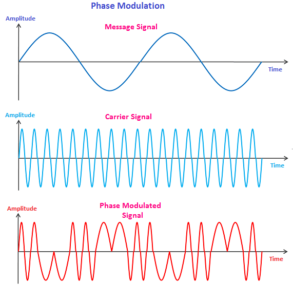
Pulse Code Modulation
Pulse code modulation is the type of modulation in which the analog signal is converted in to digital signal so that modified analog signal can be transmitted through the digital commutation. PCM is the binary form of the signal, so it has only two possible states high and low (0 and 1). We can easily get the PCM signal to our analog signal by demodulation of PCM. The analog signal is converted to PCM by three processes these process are sampling, quantization and coding. The advantage of PCM minimizes transmission interference problems and noise, because in PCM the receiving units easily detect and identify simple pulse patterns. The H.A. Reeves invent PCM in 1939,
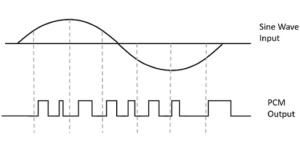
What is Demodulation?
Demodulation is the process in which the information is extracting the original signal from a modulated carrier wave. It is an electronics circuit used to recover the information from the modulated carrier wave. They are different type of demodulations so are modulations. The output signals via demodulation are sound, image and binary data.
Difference between modulation and Demodulation
- Modulation is the process in which the carrier signal parameter is change in accordance with the massage signal, while demodulation is the process in which the massage signal is recover back from the modulation signal
- The modulation and demodulation process is done by the same equipment, that equipment is modem.
- The aim of modulation and demodulation is to achieve the minimum distortion, efficient utilization of spectrum and minimum loss of the transfer information.
- The modulation is done at the transmitter side while the demodulation is done by at the receiver side of the communication system.
- Modulation and demodulation processes are exactly reverse of each other, in modulation the original signal is mixture with the carrier signal. As against, in demodulation process the mixture of carrier signal and original signal are separated from each other.
- The modulation is convert low frequency to high frequency signal but the demodulation is convert high frequency to low frequency.
- The modulation is done to transmit the information for long distance while the demodulation is for regain the original massage signal.
- Demodulation is the complex process compare to modulation.
Need of modulation
- Size of the Antenna
- Avoids mixing of signal
- Increase the range of communication
- Wireless communication
- Reduce noise effect
Height of antenna
When the signal is transmuted, the size of the antenna is very important parameter. The size of antenna is proportional to the wavelength of signal.
i.e. L∝ λ
When signals are transmitted, height of antenna must be multiple of λ/4.
λ is wavelength of signal.
c= λf [f- frequency of the signal]
Let f =10 kHz
λ =c/f
=3*108/104
λ =30000m
The length of the antenna = λ/4 =30000/4
=7500m
The size of antenna 7500 is practically not possible.
On the other hand if the signal is transmitted whose frequency is 10 MHz.
The length of antenna is 7.5m, which is practically possible.
Avoids mixing of signals
When all baseband information is transmitted without of modulation through a channel is mixed because all the baseband frequency range is almost near with each other and the receiver is not able to separate signal. So this problem is solving by the using of modulation process. When we modulate process the baseband audio signal of same frequency range can be shifted to the different carrier frequency. Therefore, now each signal has its own frequency range within the total bandwidth and after modulation this multiple signals having different frequency range can be easily transmitted through the singles communication channel without any mixer of signal, at the receiver side, they can also be easily separated
Increase the range of communication
The wave energy is depending upon the frequency. The high frequency of the wave, the high energy possessed by it. The frequency of baseband signal is low, and the low frequency signal cannot travel ling distance when they get heavily attenuated. The attenuation reduces with increase in frequency of the transmitted signal and they travel longer distance. The modulation process increases the frequency of the signal to be transmitted. Therefore it increases the range of communication.
Multiplexing is possible
Multiplexing is a process in which two or more signal can be transmitted over the same communication channel simultaneously this is possible only with the modulation.
Improve quality of reception
With frequency modulation and digital communication technique such as PCM, the effect of nose is reducing to a great extent. This improves quality of reception.







